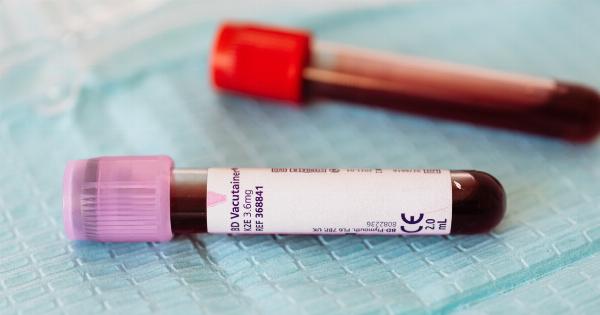Stroke is a leading cause of mortality and morbidity worldwide. It is a disease that is caused by the interruption of blood supply to the brain, either due to a blockage or a rupture of a blood vessel in the brain.
A stroke can lead to permanent brain damage, disability, and death. In recent years, stroke incidence has increased among young adults, making stroke a major public health concern.
According to the World Health Organization, stroke incidence and mortality are higher in men than in women.
However, the gender differences in stroke risk factors have not been fully explored. A recent study published in the European Heart Journal aimed to investigate the gender-specific associations of stroke risk factors in a large population-based cohort.
Methodology
The study analyzed data from the European Prospective Investigation into Cancer and Nutrition (EPIC), a large population-based cohort. The cohort consisted of 334, 362 participants from ten European countries, with a median follow-up of 12.9 years.
The study included participants who were free of stroke at the baseline assessment.
The researchers used Cox proportional hazards models to assess the gender-specific associations of stroke risk factors, adjusting for age, smoking, alcohol consumption, physical activity, education, and body mass index (BMI).
Results
The study found several gender-specific associations of stroke risk factors. The researchers found that men had a higher risk of stroke than women, with a hazard ratio (HR) of 1.39 (95% CI, 1.24-1.56).
In addition, the study found that the following risk factors were more strongly associated with stroke in men than in women:.
- Smoking
- Hypertension
- Hypercholesterolemia
- Diabetes
- Body mass index (BMI)
On the other hand, the study found that the following risk factors were more strongly associated with stroke in women than in men:.
- Atrial fibrillation (AF)
- Migraine
- Low physical activity
- Low alcohol consumption
- No regular use of hormonal contraceptives
Discussion
The study findings suggest that there are gender differences in stroke risk factors. Men have a higher risk of stroke than women, and several risk factors are more strongly associated with stroke in men than in women.
These risk factors include smoking, hypertension, hypercholesterolemia, diabetes, and BMI.
The study findings highlight the importance of targeting these risk factors in men to reduce the burden of stroke.
Furthermore, the study found that several risk factors were more strongly associated with stroke in women than in men, including AF, migraine, low physical activity, low alcohol consumption, and no regular use of hormonal contraceptives. These findings suggest that gender-specific strategies are needed to prevent stroke in women.
Conclusion
The study findings suggest that there are gender differences in stroke risk factors. Men have a higher risk of stroke than women, and several risk factors are more strongly associated with stroke in men than in women.
These risk factors include smoking, hypertension, hypercholesterolemia, diabetes, and BMI. The study findings highlight the importance of targeting these risk factors in men to reduce the burden of stroke.
Furthermore, the study found that several risk factors were more strongly associated with stroke in women than in men, including AF, migraine, low physical activity, low alcohol consumption, and no regular use of hormonal contraceptives. Gender-specific strategies are needed to prevent stroke in women.





























